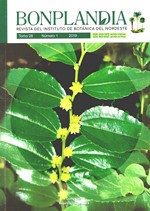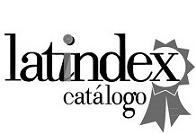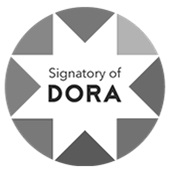Historical ethnobotany of Argentina’s Criollos groups IV. Taxonomic plant identification and analysis of medicinal data of Humid Chaco from the 1921 National Folklore Survey
DOI:
https://doi.org/10.30972/bon.2813572Keywords:
Criollos, Humid Chaco, medical ethnobotany, NE ArgentinaAbstract
: The aim of this article is to identify, update, and analyze medical ethnobotany data on Criollos groups from the Humid Chaco region found in the 1921 National Folklore Survey (NFS). Since plants are mentioned with their vernacular names, identification was based on an exhaustive bibliographical search of their respective scientific name. A total of 816 medical uses, corresponding to ⅔ of those recorded by NFS in 1921, were registered and assigned to 238 botanical taxa. Medical uses were classified into 16 categories, in which the digestive system, respiratory system and vulnerary remedies were the most represented. This classification included 131 kinds of therapeutical prescriptions, the most represented of which were: antitussive, stomachic, blood depurative, cicatrizant, against “empacho”, and for healing toothaches. To our knowledge these results represent the most important contribution to the medical ethnobotany and ethnomedicine of Criollos from Humid Chaco. We also conclude that Criollos from Chaco and Santa Fe provinces (within the Humid Chaco region) belong to a biocultural complex clearly distinguishable from those present in the Northwest of the Corrientes province.Downloads
Download data is not yet available.
Downloads
Published
2019-01-28
How to Cite
Scarpa, G. F., & Rosso, C. N. (2019). Historical ethnobotany of Argentina’s Criollos groups IV. Taxonomic plant identification and analysis of medicinal data of Humid Chaco from the 1921 National Folklore Survey. Bonplandia, 28(1), 5–42. https://doi.org/10.30972/bon.2813572
Issue
Section
Original papers
License
Declaration of Adhesion to Open Access
- All contents of Bonplandia journal are available online, open to all and for free, before they are printed.
Copyright Notice
- Bonplandia magazine allows authors to retain their copyright without restrictions.
- The journal is under a Creative Commons Attribution 4.0 International license.















.jpg)


